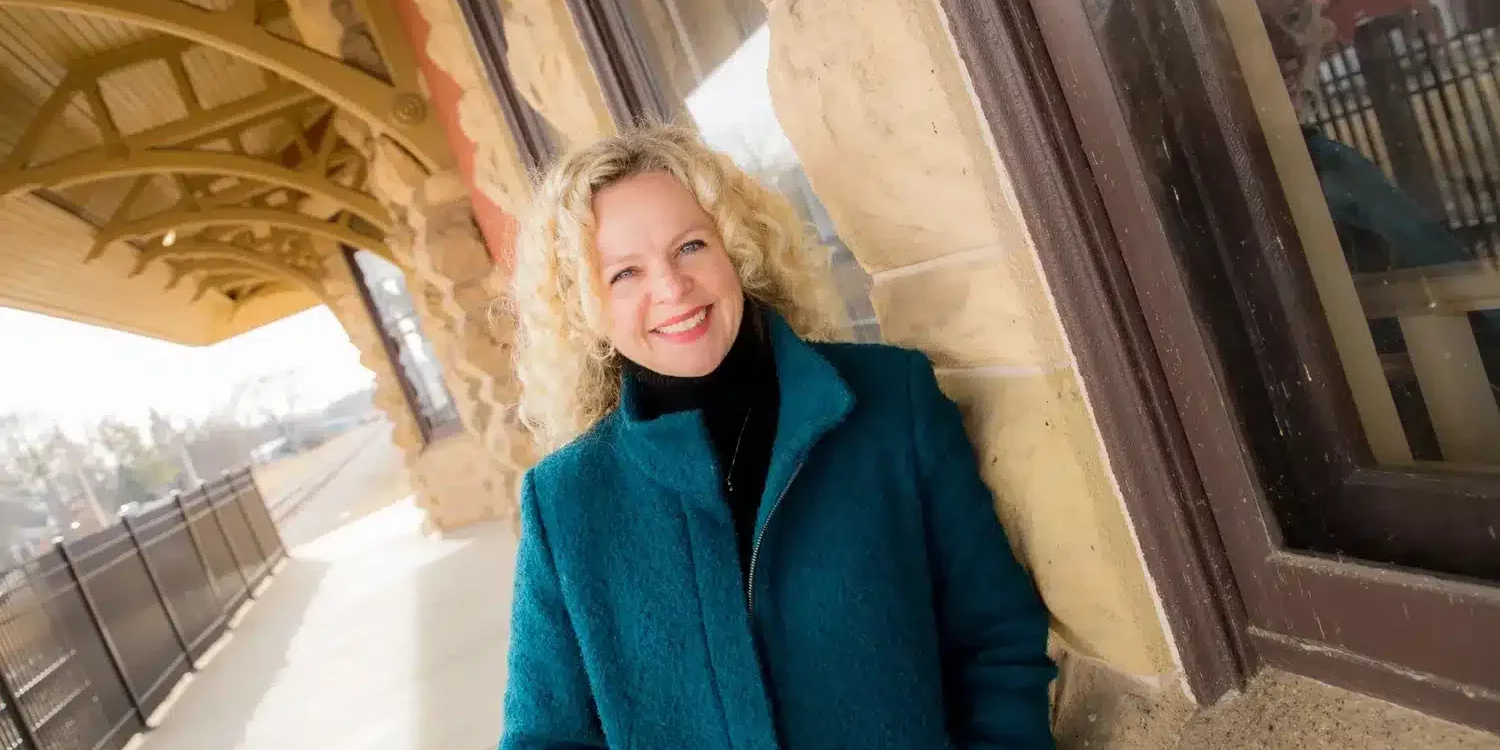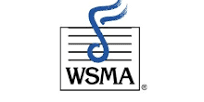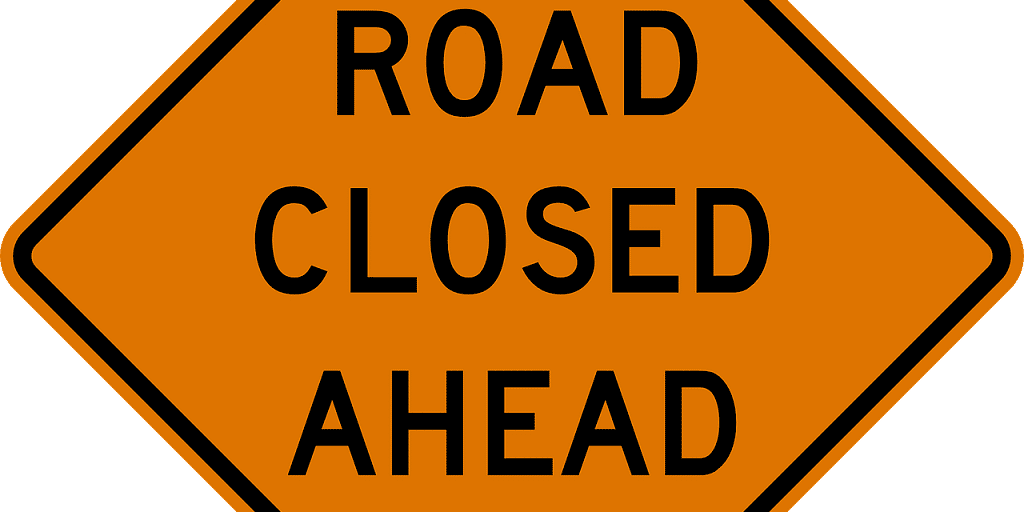By Lynn Binnie
Whitewater Banner volunteer staff
whitewaterbanner@gmail.com
As was indicated in a previous Banner post, beginning on July 30 the city’s Fire and EMS services are now being provided by a municipal department rather than by the independent not-for-profit Whitewater Fire Department, Inc. (WFD) In summary, after nearly a year of discussion and negotiation, the City of Whitewater Common Council on July 28 approved an agreement with WFD for this transition. WFD has capably served the city since its founding in 1871, but, as has been the case with nearly all volunteer fire departments across the state, staffing challenges under the Paid-on-Call model made it increasingly difficult for the department to respond to increasing call volumes particularly for emergency medical services. Over the past year WFD migrated to a Paid-on-Premises (POP) model for EMS, where four positions are now staffed twenty-four hours a day, providing a two-ambulance response at all times. Recruitment is improved as reliable hours can be provided, and as a number of employees will become eligible for health and retirement benefits.
At the July 28 special Common Council meeting, Steve Hatton, Finance & Administrative Services Director, gave an extensive presentation regarding the recent escalation in costs for providing Fire & EMS Services. Total operating expenses in 2021 were $1,004,095. The budget for 2022 was $1,509,341, but it is projected that the actual operating expenses will be approximately $2,016,000. Additionally, the department has vehicles and other equipment for which the estimated replacement cost is nearly $8 million. That equipment is expected to be replaced on schedules that vary from 5-30 years, and to fund that replacement an additional $384,000 would be needed annually.
Total Financial Overview presented by Hatton:
| Annual operating expense | $2,016,089 |
| Capital expense | 384,000 |
| Total expense | 2,400,089 |
| 2022 City funding | 182,529* |
| 2022 Towns funding | 202,301 |
| Fees for service, etc. | 645,537 |
| Total funding gap | 1,369,722 |
Hatton indicated that he has been unable to identify the methodology that has been used to arrive at the annual contractual funding that has been expected to be paid to WFD by the six towns that are served in whole or in part by the department. He has been reviewing the funding formulas used by other municipal departments that serve multiple constituencies. His suggested method, pending further research, was to establish the contributions of the city and the towns based on equalized property value. Utilizing this method would allocate approximately an equal split to the city and to the combined towns. The city’s share would be approximately $880,000, or an increase of approximately $700,000 per year.
Although the towns have been alerted to the need for increased funding of the department, no numbers have been provided to them as of yet, and it is not possible for them to absorb the increases without a referendum. The state’s levy limit program prohibits any county, city, village or town from increasing its “base” tax levy in any year by more than the percentage change in the local government’s January 1 equalized value due to new construction. The only exception is when a referendum is passed by the citizens, and the deadline for publishing a referendum for the following year is August 31. Hatton’s suggestion is to provide for a gradual increase in town contributions such that they would meet their full allocation, for example, within four years.
The Common Council on August 2 will be asked to authorize placing a referendum on the November ballot. As of August 1, Hatton told the Banner that a decision had not yet been made as to how much to recommend that the Common Council authorize be requested on the referendum, but he expected it would be at least $700,000. According to Hatton’s calculations, such an increase in levy would result in an increase of approximately $200 in property tax per year for a home with an assessed value of $200,000.






















